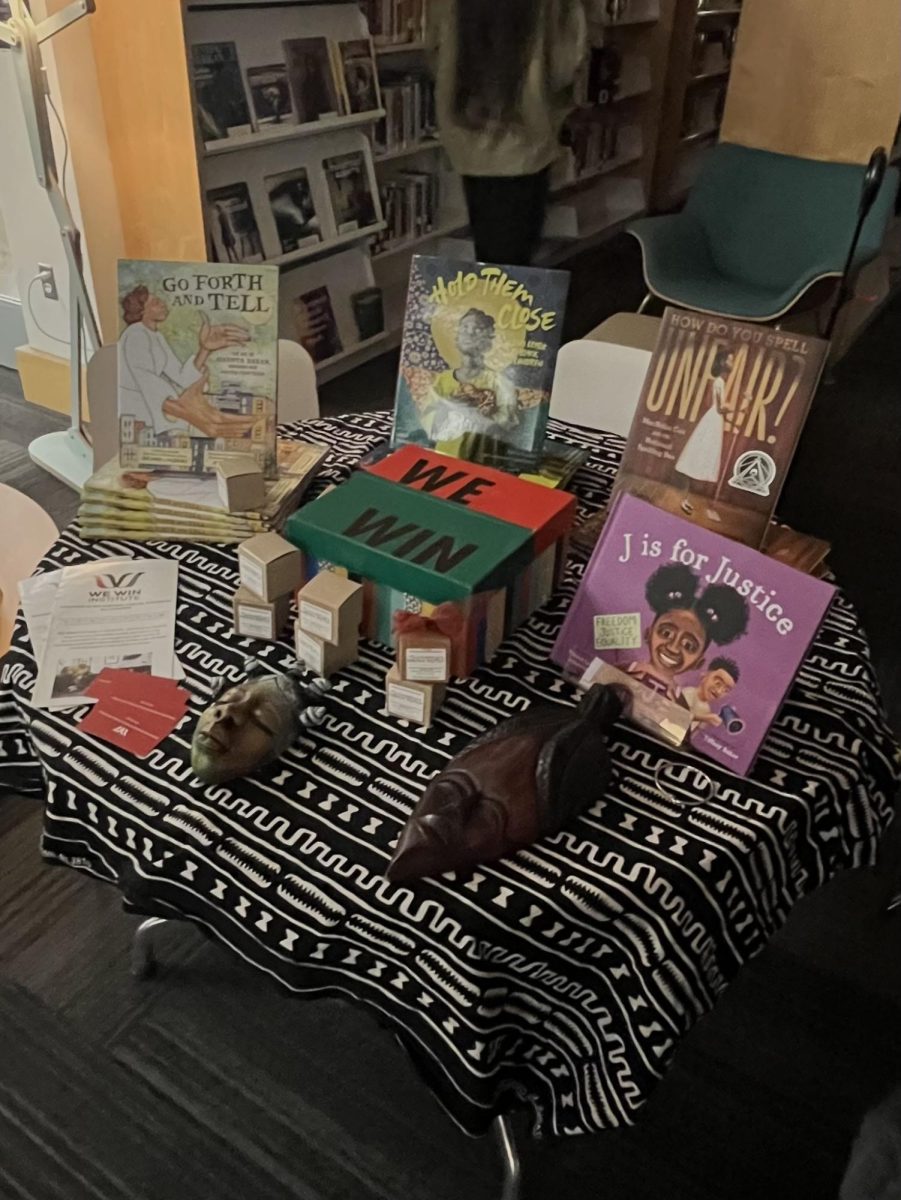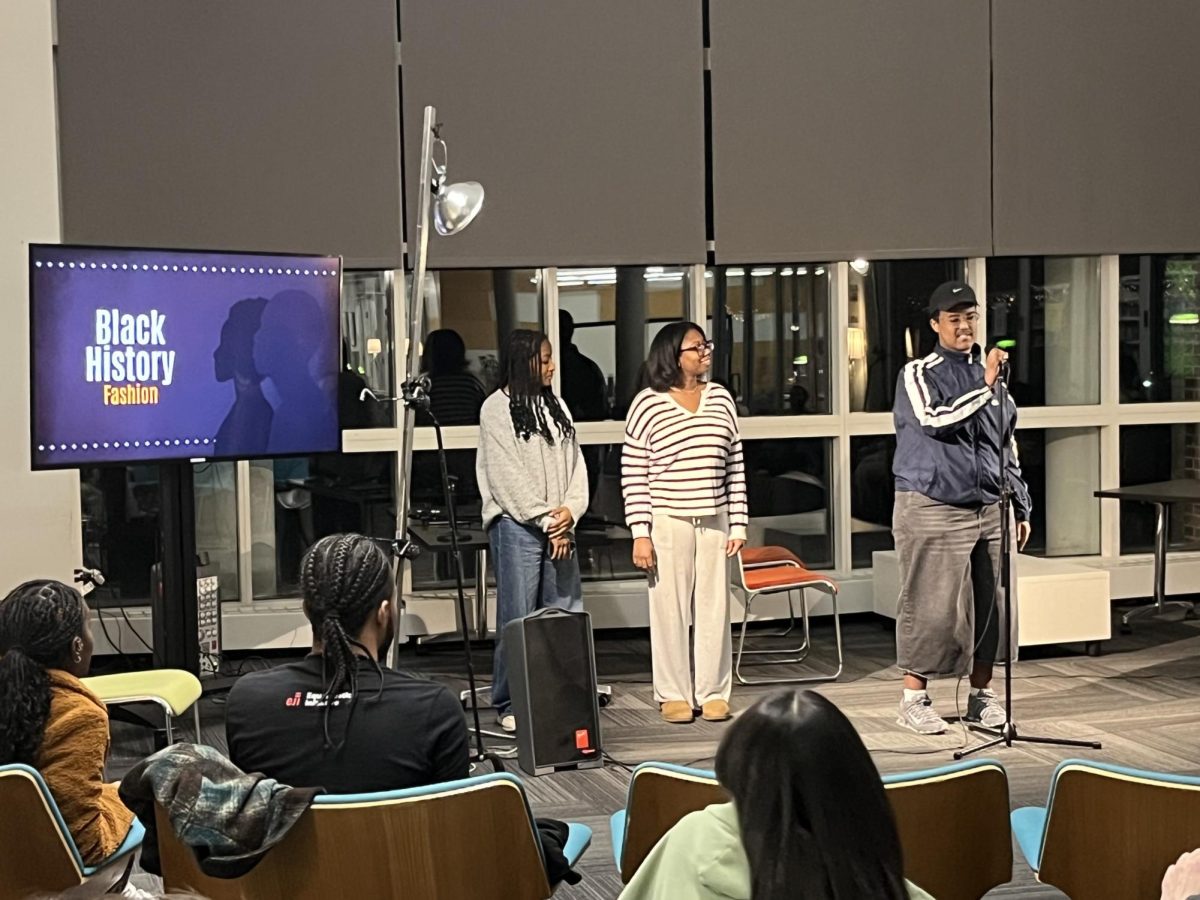Talking Politics

I believe a vital function of schools is to be a place of idea exchange where I can speak with someone who disagrees with me, and we both gain from the conversation. To limit political expression and, thereby, the idea exchange is not only morally repugnant but also extremely dangerous. Where does hate and resentment come from? Lack of understanding, lack of sight, and lack of empathy. If I do not understand you, see you, or empathize with your experiences, I am susceptible to resenting you. It is hard to hate a person with values different from yours when they are your kin, your neighbors, and most importantly when they are people you care about.
Think for a second about your perception of a person experiencing homelessness: What do they look like? How do they act? What kind of behaviors do they display? Do they have problems with drugs and or drinking? According to The Substance Abuse and Mental Health Services Administration, only 33% of homeless people have substance problems. According to Deborah K. Padgett, an NYU professor, “epidemiological studies have consistently found that only about 25–30% of homeless persons have a severe mental illness.” I can admit that these numbers are high in comparison to the average population, but by no means do 25 – 33 % of homeless people represent the population as a whole, yet a large percentage of stereotypes regarding homeless people include these stereotypes to a sickening degree. Finally, when was the last time you truly spoke and interacted with a homeless person? See?
My point is that we default to stereotypes without proper representation and personal knowledge of people within a group. If you don’t know a Democrat, what are you going to think of them? What may be a possibility is that you think that they are Marxists attempting to ruin the country, as presidential candidate Donald Trump has stated several times. If you don’t know a Republican, what are you going to think of them? What you may think is that they are “deplorables,” as Hillary Clinton stated, or you may think they are uneducated redneck gunslingers. In reality, neither of these stereotypes is anywhere near the truth. Just like the homeless person thought experiment, if you don’t know somebody, you are much more susceptible to resenting them. At a point of extreme political division in the United States, we cannot afford this.
The only way to ensure you see other people with opposing views on issues is by interacting with them consistently, such that they are humanized instead of demonized by your views. To exemplify that this is possible, let me provide you with a personal example: I am friends with Ben Sznewajs ‘27, but we differ strongly in our political views. Despite this, we were able to sit down over lunch and discuss the economic past and future of the United States. At no point was there yelling or anything near that. I still disagree with his views, but now I understand his views on the subject and understand his personal values and ideas. Yet again, the point of school is to be an idea exchange, for this conversation to be restricted, for it to be ostracized as a terrible aspect of interaction risks that we do not see people, and instead see only the stereotypes, growing to resent them.
While political views are essential to a functional society, discussing them in educational environments promotes a divided student body, which leads to a less effective education system. These discussions don’t need to happen in everyday school life because clubs and classes, such as social studies classrooms and Model UN, are designated spaces for them.
There is nothing inherently wrong with sharing your views in school. It’s extremely important to note that I am not arguing that it’s harmful to share opinions at school. However, I am reasoning that by encouraging students to share their political views, many students are likely to feel uncomfortable and unable to express their opinions for fear that others may disagree. Publicly sharing political beliefs can further promote division along party lines within schools. When students become divided because of their views on the government, it becomes nearly impossible to foster a strong community.
Furthermore, there is no issue with not sharing political views outside of the classroom. Schools offer plenty of separate spaces, like clubs and specific classes, focused on political discussions. These spaces are important for sharing perspectives without creating division in the student body. However, beyond these designated areas, for example, when discussing with those outside of school, talking about politics in school often leads to conflict.
On top of this, political views in school promote an environment of peer pressure, making some students uncomfortable. Discomfort, while small amounts of it could be beneficial to learning, at a larger scale can make learning nearly impossible for students. Many people avoid discussing politics in the workplace or social settings, and the same is true for school. Some students feel extremely uncomfortable when tense political subjects arise. Additionally, as students often strive to fit in, many conform their views to those around them. As illustrated by physiologist Kendra Cherry, not only does groupthink lead to direct pressure to conform but also self-censorship. Self-censorship refers to the idea of not sharing one’s true beliefs for fear of not fitting in. Because of this, in a school environment, certain political views may never be voiced, and schools can unintentionally promote one political candidate, party, or idea. In our school, for instance, there appears to be a very clear political lean within the student body. As a school from what I’ve experienced in and out of the classroom most of the ideologies and perspectives are predominantly left-leaning. While there is nothing inherently wrong with this observation, as a result, I feel that there is a sort of unspoken barrier preventing other ideas from being shared, for fear of being taken the wrong way. Because of this, I believe talking about politics in a general school setting is not beneficial unless it is part of a directed discussion.
In conclusion, discussing politics in school not only promotes division and creates an uncomfortable environment for students, but it is also unnecessary since there are already designated opportunities for these discussions, such as in classes and clubs. Moreover, discussing political views in school can promote peer pressure, leading to less diversity of thought.
There are many aspects that go into creating an environment where people feel able to share their political opinions. For some, a structured classroom discussion leads to the best possible output of political discourse. Others may prefer to be in a lower stakes environment, surrounded by friends, such as the cafeteria or the senior and junior lounges. Luckily, different aspects of a school environment can foster both formal and informal discussions in which students are able to exchange their political ideas and opinions.
Classes such as AP Government and Citizenship & the Nation place a heavy emphasis on the exchanging of ideas and civic engagement. Social studies teacher N’Jai-An Patters says that, “one of the values of the Social Studies department is civil discourse,” adding that, “where there are these big things that happen, kids are paying attention and looking for spaces to talk about them.” Patters emphasizes the importance of discussion on these ideas, stating that, “if we can just be curious about why people believe the things that they believe, it’s more enriching for everyone.”
A recent event that has promoted discussion about politics is the recurring Elect & Connect event, an event hosted by the Election Squad, which meets to discuss current events going on in the political world. This offers just one of many organized opportunities to engage in civil discourse with one’s fellow classmates.
A student of Patters’, Minha Ali ‘27, stated that, “we have a civic engagement project twice a semester that pushes us out of our comfort zone.” This project, a commonality amongst 10th grade social studies classes, encourages students to attend or participate in their local government. Some examples of civic engagement for this project include school or county board meetings, court sessions, or rallies.
While there are many opportunities for students to share their voices, many prefer to simply talk about politics in a more informal setting. Patters noted that, “more than half a dozen kids found me throughout the day” after the first presidential debate. Informal settings such as the hallways and lunchroom can be a comfortable place for many to share ideas with their peers.
Ultimately, it’s important to recognize that there are many differing opinions about where the best place to share ideas is, but being able to engage in civil discourse with one’s peers is an important part of both the curriculum and one’s day to day life.










